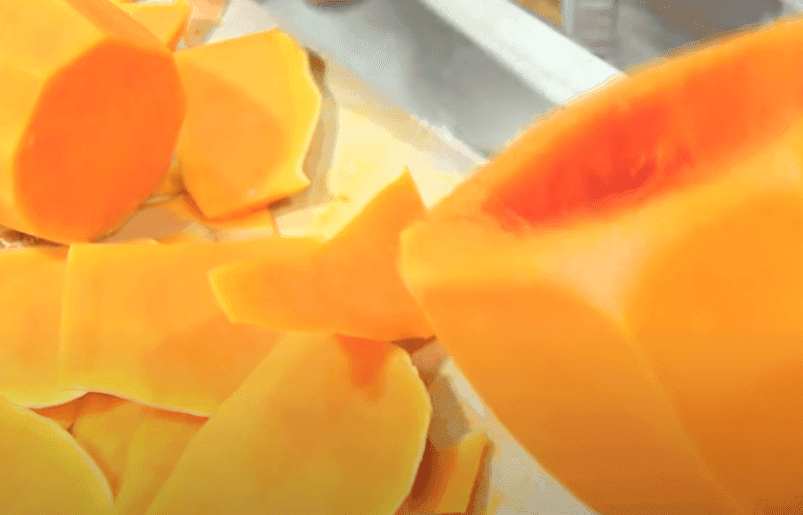
When preparing butternut squash soup, one common question comes to mind: Should you leave the skin on or peel it off? Both approaches have unique advantages, depending on the recipe, texture preferences, and health goals. This article explores the benefits and challenges of leaving the skin on, along with tips for preparing the perfect butternut squash soup.
Why Consider Leaving the Skin On?
Leaving the skin on butternut squash can save preparation time while boosting the soup’s nutritional profile. The skin is rich in fiber, antioxidants, and essential nutrients like Vitamin A, which can enhance overall health. For a cozy and creative take, you might enjoy this Squash and Sweet Potato Soup that incorporates additional nutritious vegetables.
Additionally, retaining the skin can complement other ingredients, adding depth of flavor and a hearty texture to the soup. If you’re aiming for a nutrition-packed meal, check out why Butternut Squash is Healthier than Sweet Potatoes and how its skin plays a role.
Challenges of Keeping the Skin On :
While keeping the skin on butternut squash has its perks, there are some challenges:
- Texture Issues: The skin can remain tough if not cooked properly, affecting the soup’s smoothness.
- Potential Bitterness: Some squash skins have a slightly bitter taste that might not blend well.
- Blending Limitations: If using a less powerful blender, the skin may leave behind a gritty texture.
If you notice your soup’s flavor isn’t quite right, explore solutions like those outlined in Why Does My Butternut Squash Soup Taste Bitter?.
Preparing Butternut Squash for Soup with the Skin On :
Here’s how to prepare squash for soup if you decide to keep the skin:
- Clean Thoroughly: Wash the squash well to remove any dirt or pesticides.
- Cut into Chunks: Chop into smaller pieces for even cooking.
- Cook Fully: Roast or boil the squash until the skin becomes tender.
- Blend Smoothly: Use a high-powered blender for a creamy, well-integrated texture.
When to Peel Butternut Squash for Soup :
In some recipes, peeling is the better option, especially when:
- Smooth Texture is Desired: Velvety soups benefit from peeled squash.
- Presentation Matters: Peeled pieces look more polished in roasted dishes.
- Skin Toughness Varies: Some older or thicker-skinned squash may be difficult to soften adequately.
FAQs About Butternut Squash Skin for Soup :
1. Can you eat butternut squash skin?
Yes, it’s entirely edible and packed with nutrients like fiber and antioxidants.
2. Does the skin alter the flavor of the soup?
The skin adds a subtle earthy note, though it may taste slightly bitter in some varieties.
3. Does leaving the skin on save time?
Absolutely! Skipping the peeling process makes preparation faster.
4. Can the skin be blended easily?
Yes, when the squash is cooked thoroughly, and a strong blender is used.
5. Is there any risk in eating the skin?
No, as long as the squash is washed thoroughly, the skin is safe to eat.
Conclusion :
Deciding whether to leave the skin on butternut squash for soup depends on your recipe and preferences. Keeping the skin can boost nutrition benefits and save time, while peeling ensures a smoother soup texture for velvety dishes. Both approaches have their advantages, so choose based on the dish you want to create. For inspiration, try experimenting with recipes like Squash and Sweet Potato Soup or learn more about the nutrition of butternut squash soup. Whichever method you choose, you’ll end up with a delicious and healthy dish to enjoy!
